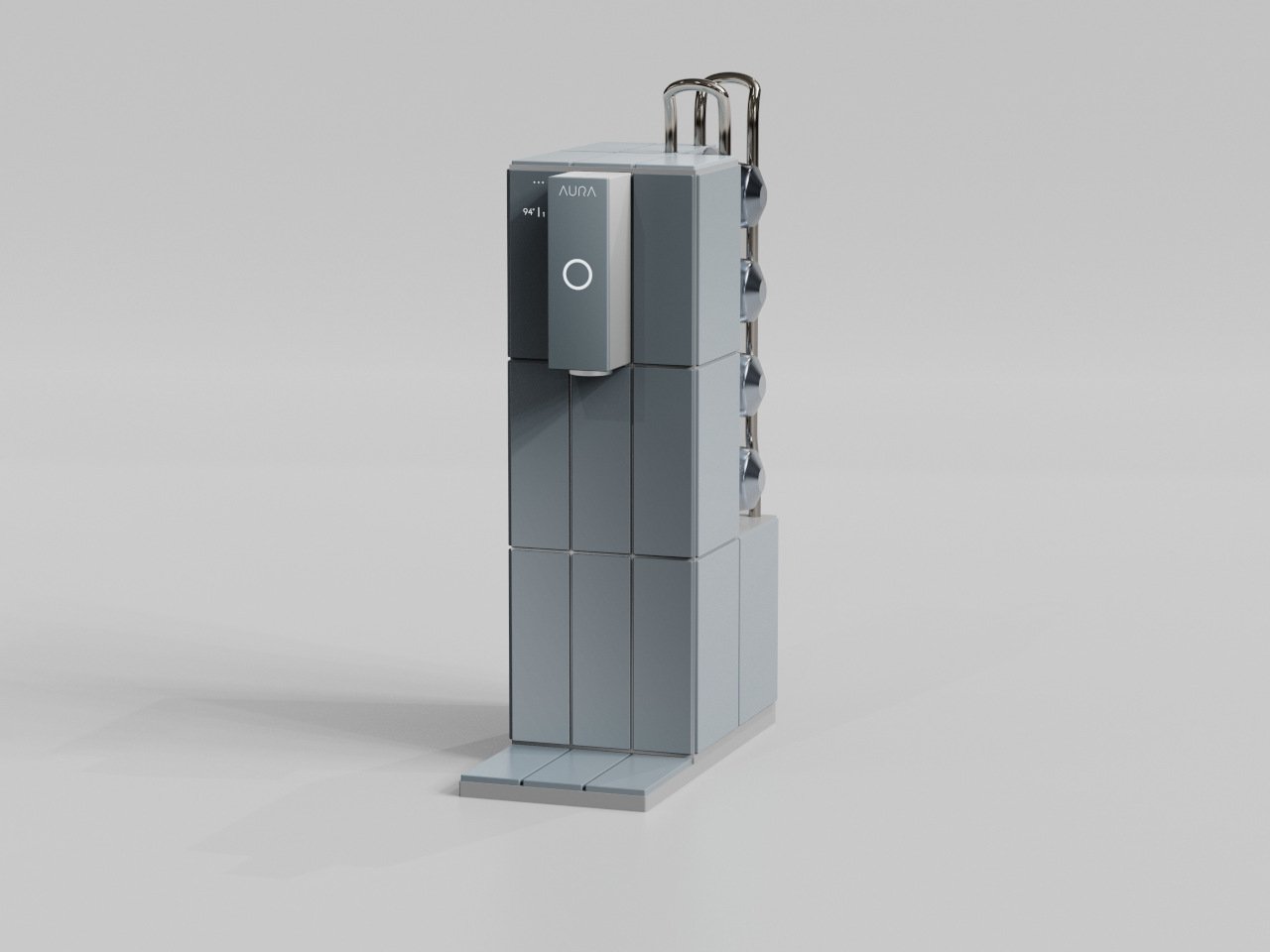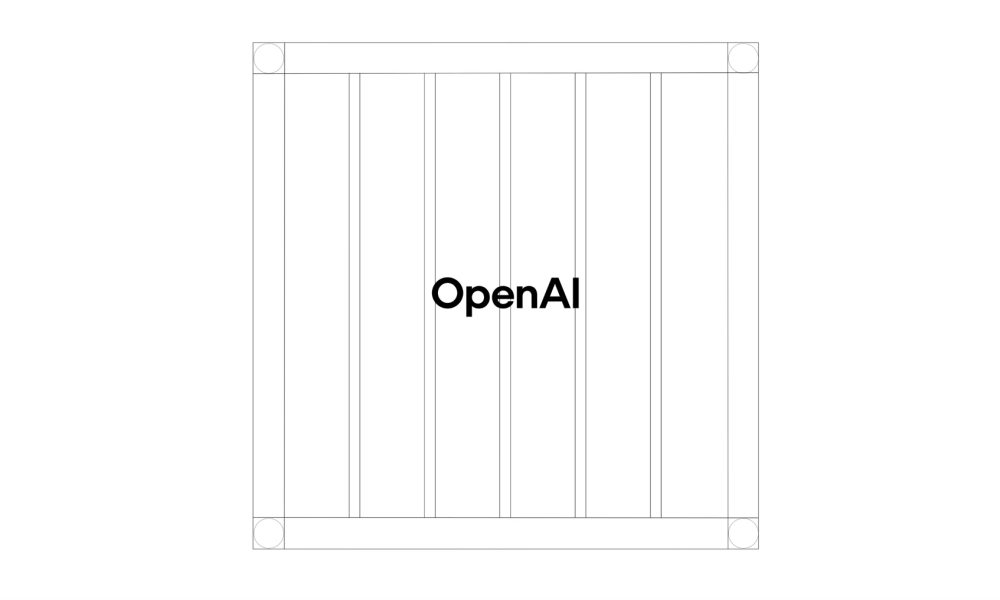Share Share Share Share Email In recent years, healthcare has witnessed a transformative shift driven by cloud-native technologies and artificial intelligence (AI). Pramod Malikarjun Halapeti , in his detailed exploration, analyzes the key innovations that are reshaping patient care through multimodal AI systems , revolutionizing data processing and clinical decision-making. His work sheds light on how these advancements, powered by distributed computing, are leading to significant improvements in healthcare efficiency and patient outcomes.
Paving the Path to Smarter Healthcare with Cloud-Native AI The healthcare sector is increasingly embracing cloud-native AI systems to enhance care delivery and operational efficiency. With the global healthcare cloud computing market valued at $55.9 billion in 2023 and expected to grow significantly in the coming years, the integration of cloud-native infrastructures is playing a pivotal role.

These systems facilitate real-time healthcare analytics, data processing, and clinical decision support, driving innovation in how patient information is handled and utilized. A core advantage of cloud-native systems lies in their ability to seamlessly integrate diverse data types, including voice recognition, medical imaging, and sensor data. By adopting microservices and containerized applications, healthcare providers are witnessing scalability improvements of up to 300%.
Additionally, the use of Kubernetes orchestration has allowed institutions to optimize resource allocation, with many organizations reporting a reduction in operational costs by up to 45%. Boosting Efficiency with Distributed Computing The rise of distributed computing in healthcare has opened doors to innovative data management practices that improve system performance. The architecture behind these cloud-native AI systems enables efficient handling of concurrent patient data streams, ensuring high availability and resilience.
Some implementations even achieve an impressive 99.99% uptime, thanks to robust containerized architectures and automated failover mechanisms. With the support of edge computing, healthcare organizations can process critical medical sensor data with significantly reduced latency.
For instance, real-time sensor data processing now boasts an average latency of just 24.3 milliseconds, supporting over 1,250 IoT devices per node. This approach helps in delivering timely insights that are crucial for monitoring patient health, particularly in critical care scenarios.
Revolutionizing Clinical Decision-Making One of the standout features of cloud-native AI systems in healthcare is their role in enhancing clinical decision support. The integration of AI-driven systems with real-time health data has resulted in faster, more accurate diagnoses, with some implementations showing a reduction in clinical decision time by over 58%. By correlating vast amounts of patient data from diverse sources, healthcare providers can now make better-informed decisions, ultimately improving patient outcomes.
For example, real-time analytics are helping clinicians process up to 864,000 samples per hour per patient, significantly improving the detection of critical clinical events. Such innovations reduce the time to detect severe health conditions, enhancing the ability to act swiftly and preventing unnecessary delays in treatment. Enhancing Data Security and Compliance As healthcare transitions to digital, securing patient data is a top priority.
Cloud-native AI systems, with multi-factor authentication and encrypted communication, have reduced breaches by 99%. Enhanced with dynamic role-based access control (RBAC) and AI-driven monitoring, these measures improve security and ensure HIPAA compliance while maintaining system performance. The Road Ahead: Opportunities and Challenges The healthcare industry is rapidly evolving, with cloud-native AI systems at the forefront, offering transformative potential in data analysis and patient care.
However, challenges remain, particularly in real-time processing, seamless data integration, and ensuring robust security. The increasing adoption of connected devices and the growing volume of healthcare data necessitate ongoing innovation in system architecture. Next-generation cloud architectures, such as hybrid and microservices models, offer promising solutions, with benefits like up to 40% cost savings and improved scalability, enhancing operational efficiency.
The integration of cloud-native AI systems in healthcare is set to redefine the future of patient care. As organizations continue to innovate with cloud technologies, edge computing, and AI, healthcare systems will become more responsive, efficient, and secure. While there are technical challenges that remain to be tackled, the progress made thus far is a testament to the potential of these technologies in improving patient outcomes and operational efficiencies.
Pramod Malikarjun Halapeti ’s analysis highlights the immense promise of cloud-native systems, positioning them as the cornerstone of next-generation healthcare delivery. Related Items: AI , Pramod Malikarjun Halapeti Share Share Share Share Email Recommended for you Enhancing Trading Efficiency Through Human-AI Collaboration AI-Driven Performance and Chaos Engineering: Reshaping Cloud-Native Architectures Revolutionizing Supply Chains: The Future of Inventory Tracking and AI Forecasting Comments.
Technology

Revolutionizing Healthcare with Cloud-Native Multimodal AI Systems

In recent years, healthcare has witnessed a transformative shift driven by cloud-native technologies and artificial intelligence (AI). Pramod Malikarjun Halapeti, in his detailed exploration, analyzes the key innovations that are reshaping patient care through multimodal AI systems, revolutionizing data processing and clinical decision-making. His work sheds light on how these advancements, powered by distributed computing, [...]The post Revolutionizing Healthcare with Cloud-Native Multimodal AI Systems appeared first on TechBullion.















